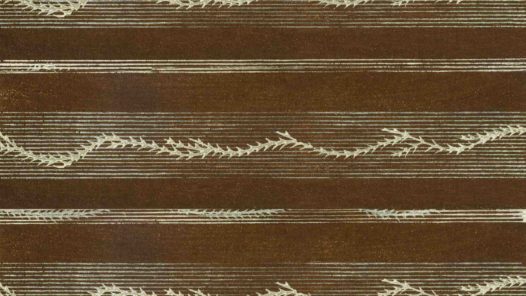Why do newspaper reporters end articles with the number 30 or the three-pound-sign symbol ###? No one knows for sure, although that never stopped journalists from debating the origin of this way of ending a story. The practice arose in a bygone era when reporters typed their copy directly onto paper and handed it over to copyboys, and needed a way to indicate the last page in case one was lost somewhere in the process. In 2007, a vestige of this old practice figured in an amusing correction in the New York Times. This is part of a complete episode.
- Listen on:
- Apple
- Spotify
- Podcast Feed
- »





Oh, I love this one!
After the journalist (you remember journalism, right?) would hand off the article to the copyboy the next person in line was not the printer, but the typesetter. The typesetter would turn the copy into printable letterpress type using a machine that produced lines of type from hot lead in the proper column width, font, size and spacing. These molded metal lines of type were assembled in galleys. In order to visually separate one story from the next in the galley the typesetter would set the letters XXX centered on a line by itself. This eventually evolved to the number 30 which is, of course, equal to the Roman numeral XXX.
Hash tags are very much in vogue and technology has long ago made 30 unnecessary, however, it is nice to see some traditions continue.
You can take this answer to the bank and put this unsolved mystery to rest.
You probably saw this… Telegrapher Codes. My Dad was a newspaperman from 1939-1986. I wish he were here. I KNOW he could answer this one! Great episode, as always!
This thread reminds me of the following similar end-of-file notation… Among professional mathematicians, who are wont to print after the statements of published theorems their formal proofs (an argument that provides a full justification for the statement). It has become traditional to signal the end of a proof of a theorem with a small black square symbol. This symbol names, like the tombstone, or the “halmos”, after Paul Halmos, a twentienth century mathematician who popularized its use. (See the Wiki page on Tombstone (typography).